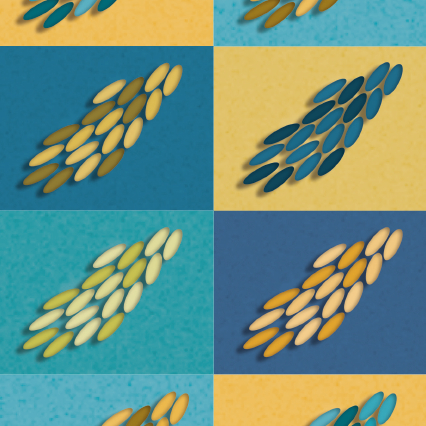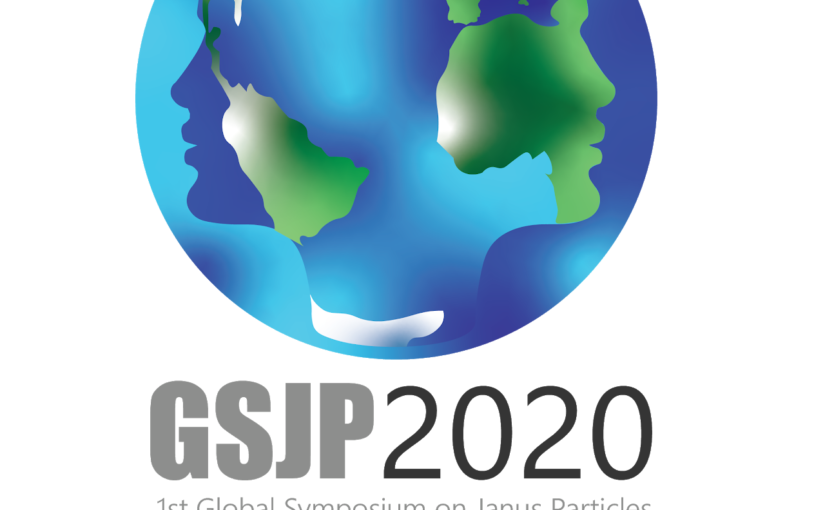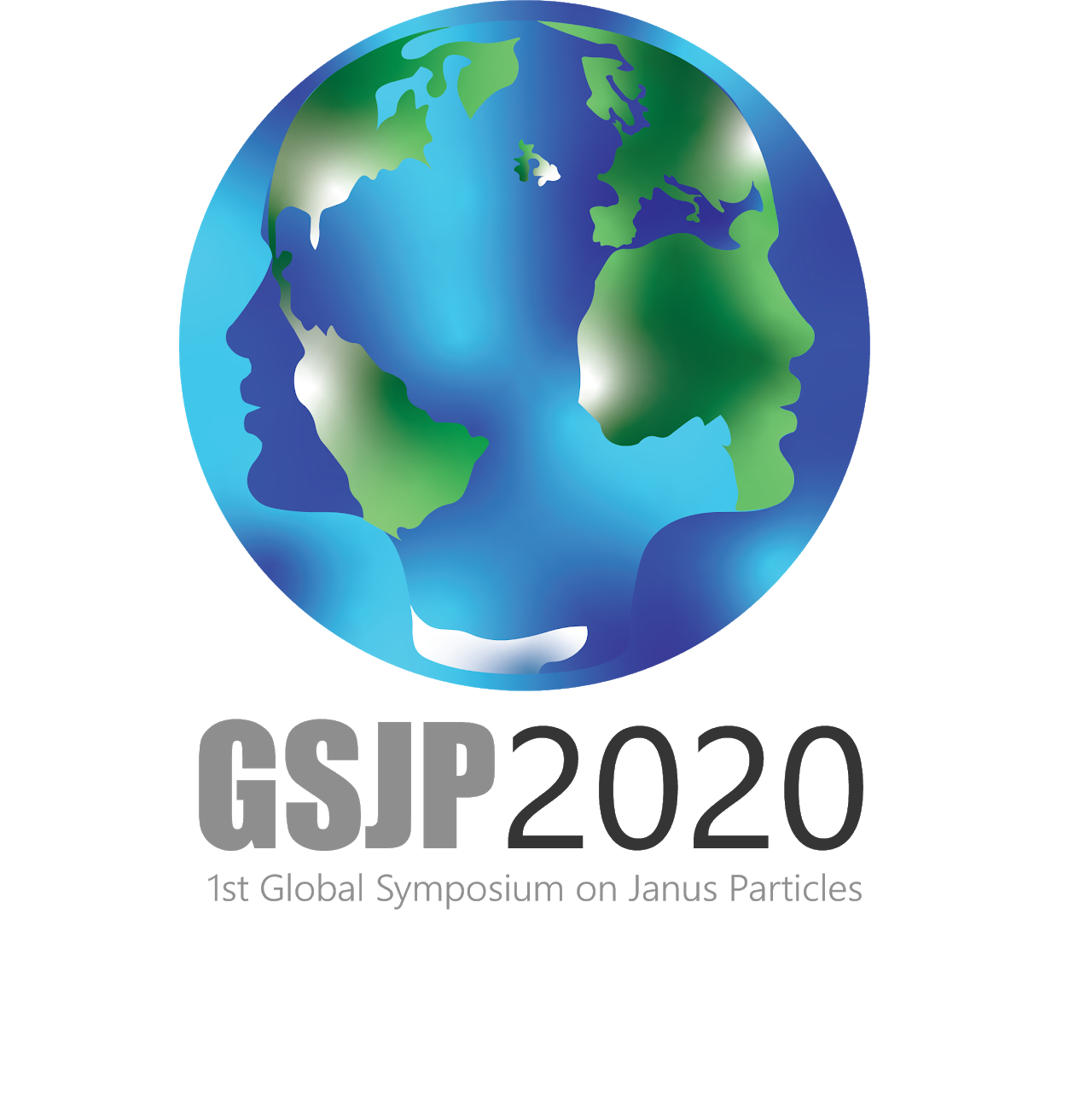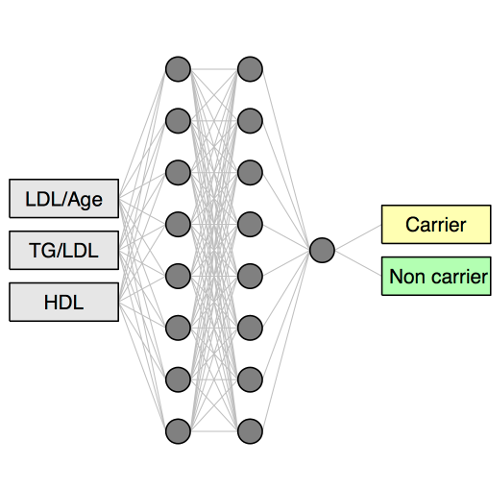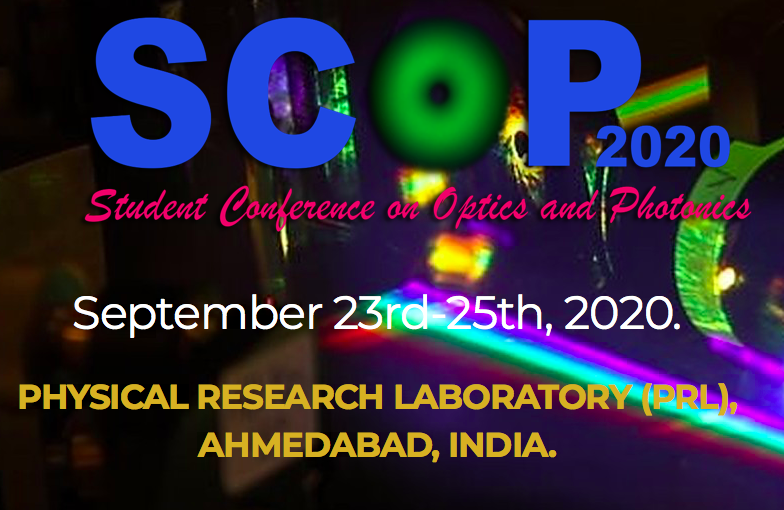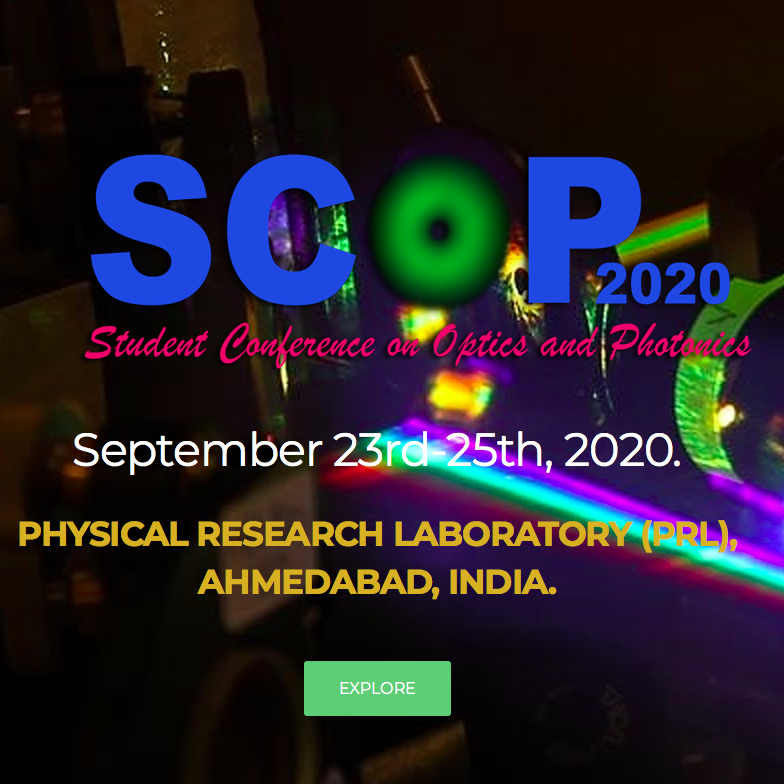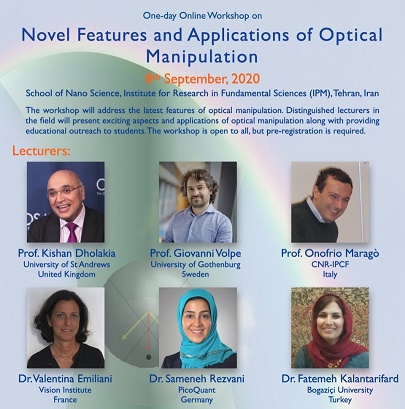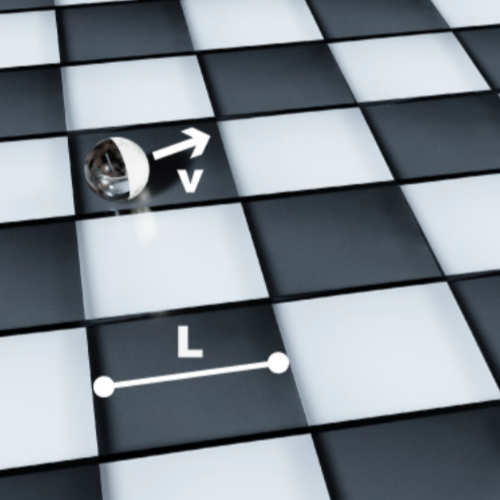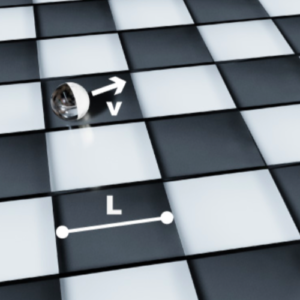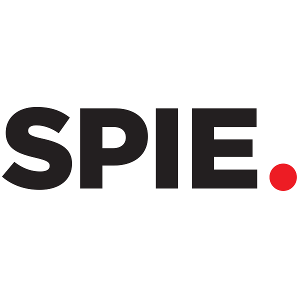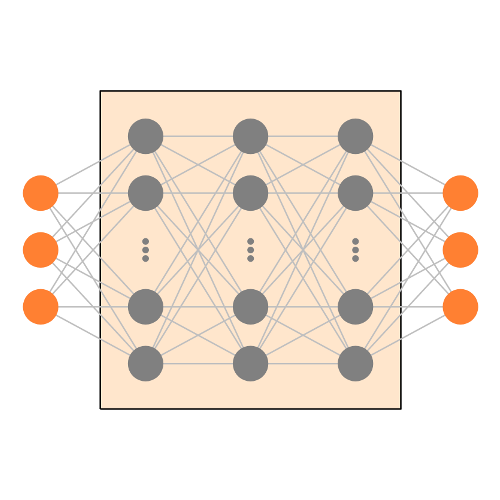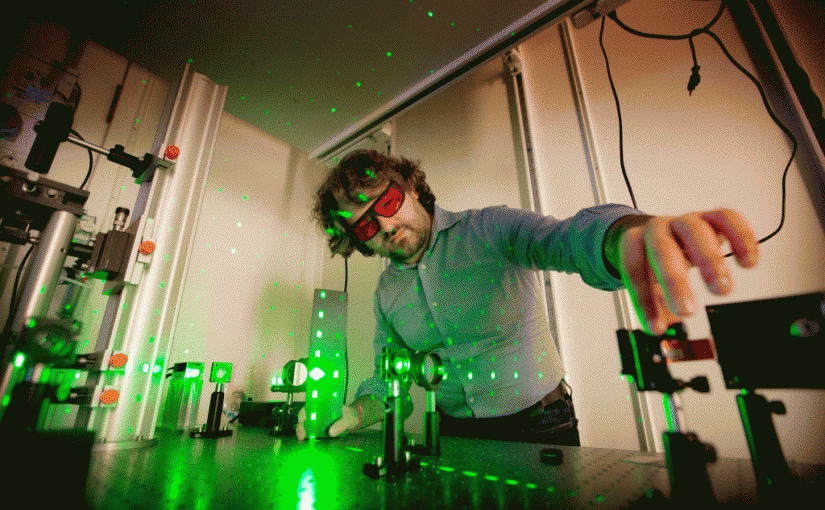Active Matter Meets Machine Learning: Opportunities and Challenges
Giovanni Volpe
26 October 2020, 13:45 CEST
Keynote talk (Online) at the Online Conference Motile Active Matter, Jülich Förschungszentrum, 26 October 2020
Abstract: Machine-learning methods are starting to shape active-matter research. Which new trends will this start? Which new groundbreaking insight and applications can we expect? More fundamentally, what can this contribute to our understanding of active matter? Can this help us to identify unifying principles and systematise active matter? This presentation addresses some of these questions with some concrete examples, exploring how machine learning is steering active matter towards new directions, offering unprecedented opportunities and posing practical and fundamental challenges. I will illustrate some most successful recent applications of machine learning to active matter with a slight bias towards work done in my research group: enhancing data acquisition and analysis [1, 2]; providing new data-driven models; improving navigation and search strategies [3, 4]; offering insight into the emergent dynamics of active matter in crowded and complex environments. I will discuss the opportunities and challenges that are emerging: implementing feedback control; uncovering underlying principles to systematise active matter; understanding the behaviour, organisation and evolution of biological active matter; realising active matter with embodied intelligence. Finally, I will highlight how active matter and machine learning can work together for mutual benefit.
References
[1] S. Helgadottir, A. Argun, G. Volpe, Digital video microscopy enhanced by deep learning. Optica 6, 506–513 (2019)
[2] S. Bo, F. Schmidt, R. Eichhorn, G. Volpe, Measurement of anomalous diffusion using recurrent neural networks. Phys. Rev. E 100, 010102(R) (2019)
[3] G. Volpe, G. Volpe, The topography of the environment alters the optimal search strategy for active particles. Proc. Natl. Acad. Sci. 114, 11350–11355 (2017)
[4] S. Colabrese, K. Gustavsson, A. Celani, L. Biferale, Flow navigation by smart microswimmers via reinforcement learning. Phys. Rev. Lett. 118, 158004 (2017).
